Lets be honest. Most people, even diehard car enthusiasts like us, don’t tend to give their car batteries much thought. Just like you, we just want our cars to fire up when we turn the key and we don’t want to be replacing batteries too often, since that gets expensive and isn’t great for the environment either. Beyond that, like a lot of racers, we’ve tended to look at batteries as an opportunity for weight reduction and repositioning, by using small, lightweight sealed batteries installed in the trunk or the cabin.
But as our fleet of project cars has grown over the years and the interval between uses has grown with it, more and more we’ve been struggling to keep our batteries alive. Everybody knows that batteries don’t like to sit for long periods of time without any sort of charging, but we didn’t fully understand the damage we were doing to our batteries until we had a chat with the boys at CTEK during the 2015 SEMA Show. They gave us a quick rundown of how batteries work and why they need maintenance to do their job properly and to live a long, healthy life.
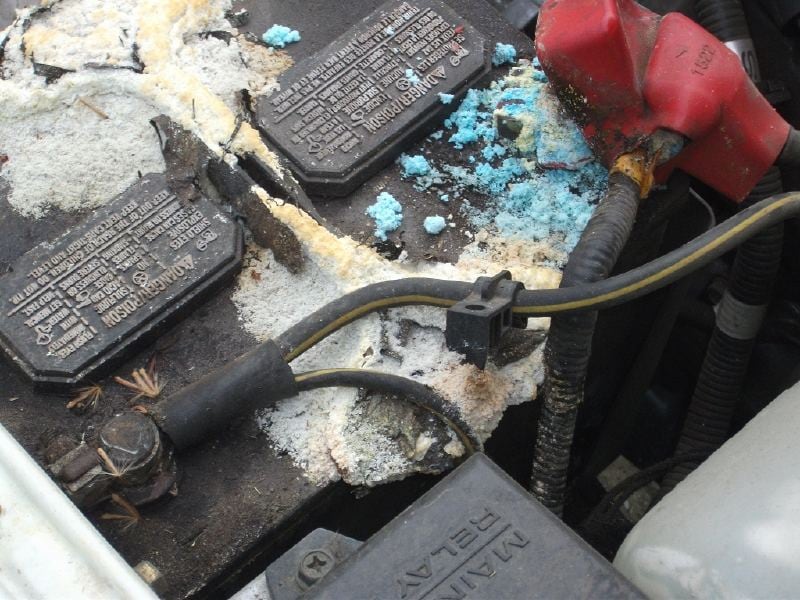
Plus I got on the phone with Smokey White from CTEK for more of an in-depth chat about batteries and how CTEK goes about reconditioning abused batteries like ours. That’s right, it turns out we’re battery abusers here at Speed Academy, even if we didn’t realize it until now. This may not be a recognized criminal offense yet, but we’re pretty sure Elon Musk would like it to be, so consider this overview of how batteries work and why they die an investment in your future, because it may just keep you out of jail someday.
As Smokey explained, “A battery is a chemical type being. It’s like a baby. You’ve got to feed it, nurture it, so it lives a long and healthy life. If you don’t, it’ll die prematurely.” Obviously we had a bit of a laugh over this analogy, but it makes the point very clearly that if you want your batteries to do their job properly for as long as possible, you’re going to have to think about their “feeding and care”.

Source: http://www.howitworksdaily.com/wp-content/uploads/2013/04/12.jpg
To understand the feeding and care requirements of a typical lead acid car battery, lets quickly review how these closed system chemical reactors work. As you can see in the above cutaway, a battery has lead (negative) plates and lead dioxide (positive) plates submerged in an electrolyte solution of sulphuric acid and distilled water. The acid-water solution causes a chemical reaction that produces electrons which flow through conductors to the battery terminals and then on through the vehicle wiring system to the starter motor. When a battery is being discharged during start-up or when you leave the ignition switched on with the engine off so you can rock out to your favorite radio station while washing the car, the sulfuric acid in the electrolyte is being depleted so that the electrolyte more closely resembles water. At the same time, sulfate from the acid is coating the plates and reducing the surface area over which the chemical reaction can take place. Then when you fire the engine up and put it under enough load that the alternator starts to charge the battery back up to its 12.6 volt max, the chemical process described above is reversed, driving the sulfate back into the acid so that it’s ready to be discharged again.

As I’m sure you probably know, There are two common types of lead acid batteries: there’s the old fashion non sealed type that required periodic topping up with distilled water (I can remember my grandpa doing this regularly for his golf cart batteries), and there’s the more modern (but more expensive) maintenance-free types that are sealed and require no topping up of the electrolyte fluid. Sealed, maintenance-free lead acid batteries (sometimes called a valed-regulated lead-acid battery or VLDA) tend to come in two varieties, either absorbed glass mat (AGM) or gel.

Gel battery design uses a silica gelling agent in the electrolyte fluid that creates a gel-like solution that won’t spill but prevents rapid motion of the ions in the electrolyte. This reduces carrier mobility and thus surge current capability, making a gel battery better suited to energy storage like off-grid systems but less well suited to automotive applications.
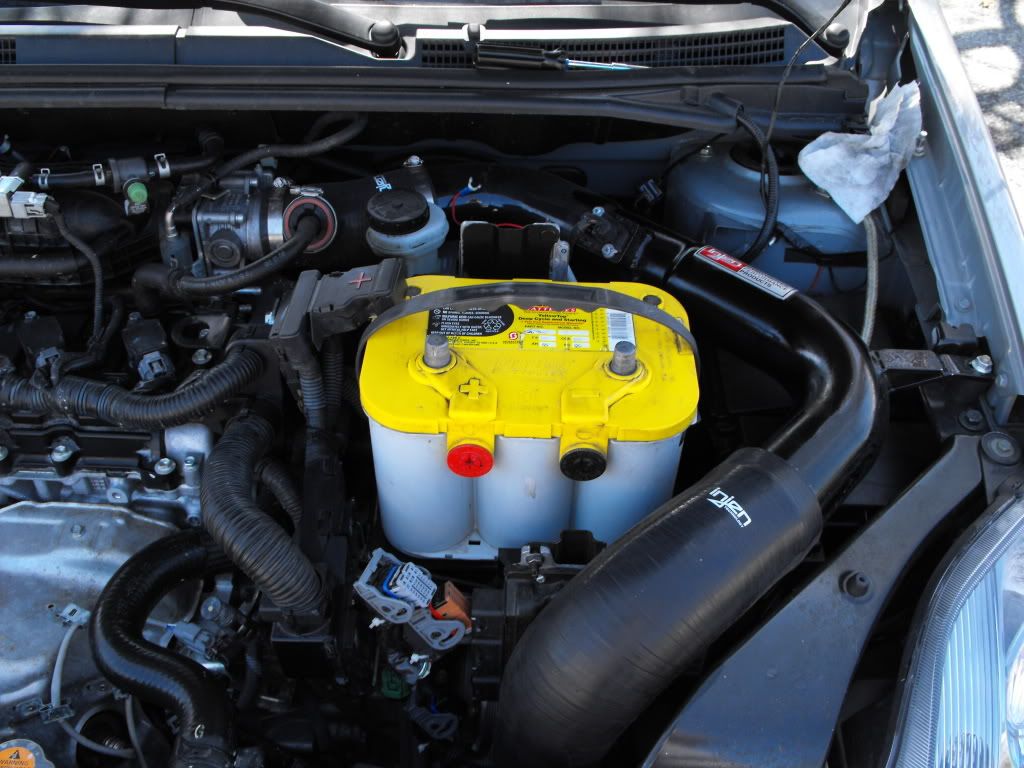
AGM batteries, where the fluid space between cells in the battery is filled with a glass fibre mat that’s soaked in electrolyte, like the ever-popular Optima batteries as well as many compact and lightweight motorsport or motorbike oriented batteries from companies like Braille or Odyssey, are better suited to automotive and marine applications since they have stronger surge current capability for firing up an engine. AGM batteries are also significantly less suspectible to damage due to low-temperature use, since the densely packed mat design helps prevent stratification, where the water seperates and rises to the top and freezes if extreme cases.

Alright, so with that quick summary on lead-acid batteries behind us, how can you take care better care of yours and get the longest service life possible from it? According to Smokey at CTEK, the best and simplest solution is to keep it fully charged all the time. As he explained, “The problem is that your car and its alternator isn’t a charger so much as a maintainer. Because of all the electrical demands of the vehicle and the way it’s driven or not driven, there’s a good chance it won’t see a full charge very often. For example, if you only drive your car a few times a week, the battery will lose charge over time because it’s not being fully recharged during driving. So it’ll slowly discharge over time until it’s flat, or when the electrolyte is more like water and the sulphate particles root into the plates and disallows them from carry ions between plates. This can lead to the sulphate particles crystallizing and coating the plates, rendering them less able to do their job.”
So according to Smokey, the key it to keep the battery charged, and the best way to do this is via a maintenance charger like one of CTEK units we showed you in the video above. So far we’ve been super impressed by the CTEK chargers we’ve been using, since they’ve reconditioned two batteries we previously thought were dead and they’ve done a great job maintaining the batteries in the ASS2000, the S14, and the E39 wagon. Even that Buddy Club battery in the video above that we thought was a complete goner has since been reconditioned by our MUS 4.3 Test & Charge unit after having been left on a “dumb” charger for a few days prior to put enough juice in it for the CTEK unit to work its magic.
Of coure the reality is that very few of us are going to connect a charger every time we park our car, since it’s a pain in the ass to pop the hood and hook up a charger after another soul-crushing commute home in stop-and-go traffic. That’s why we think CTEK’s Comfort Indicator eyelet or panel connector is a brilliant idea, since you can install this on your car’s battery and have the connector accessible through the grille or up on the cowl or even on an interior panel so that there’s less effort required to plug your charger in for maintenance charging.

But no matter how easy companies like CTEK may try to make it to plug in to a maintenance charger, the truth is most of us still won’t bother. Because we’re lazy and we just wanna go fast, right? So for people like us, CTEK has evolved their chargers to address sulphation and stratification as a way of putting all those sulphate particles back in circulation so the battery can take a full charge (or close to it). As Smokey explained, “Sometimes the crystals are too hard to put back in service, but we can at least partially revive the battery in two ways. The delsuphation cycle is part of the normal charge, which tests the battery to see how quickly it takes a charge. If it detects the charge isn’t being absorbed into the plate surface because of sulfation, it’ll go into a more aggressive desulphation mode that pulses voltage to help remove sulfation on the plates. Then it’ll go into a Recondition step. If the battery has been left to deeply discharge, where it’s been sitting in a state where acid and water have separated and stratified, the electrolytes need to be stirred up. For this the Recon mode charges at a higher voltage and allows the battery to gas and bubble and stir up the water/acid electrolyte mix. After this process, if you keep your battery at a higher state of charge, it’ll give the battery 2-3x longer life.”
However, Smokey did caution us that if we use the Recondition mode too often, we could damage the battery by gassing it too much. He recommended only using it 1 or 2 times a year if the battery is otherwise in good shape. He also had a cool pro tip that if the battery is struggling to perform, you can run it thru Recon mode a few times consecutively to help revive it. Fancy trick!

It’s also worth noting here that drying out your battery from overcharging it with a “dumb” charger that isn’t able to monitor and maintain the appropriate charge level is another common killer of lead acide batteries. All of CTEK’s intelligent chargers precent this problem, so if you’re using one of those old-fashion chargers that continuously charges regardless of battery condition, it’s time you get yourself into the 21st century with an intelligent charger so that you don’t overcharge your battery and leave it looking like this swollen and cooked example above.

Last but not least, Smokey brought CTEK’s new Battery Sense product to my attention, since it’s their latest way of allowing former battery abusers like me to change my behaviour and treat my batteries with the love and affection they deserve. By hooking up the Battery Sense Bluetooth module to your battery and installing theie iPhone app you get realtime information on your car’s battery. I know, only the most hardcore car nerd and tech nerd is likely going to want access to this kind of data on their battery, but it just so happens that I’m exactly that kind of nerd, so I’m going to install one of these on my daily driver Toyota Tundra and report back in a few months on what I’ve learned about battery charge levels during daily use, towing, or periods of inactivity.

According to Smokey I’ll be surprised to see how rarely the battery is actually at a 100% charge level, spending far more of its time in the 70-80% range and dropping much lower than that if I park the truck for a week or two. I’m looking forward to testing this out and geeking out over the 90-day reports the app provides.
Stay tuned for an update once Pete gets back from Arizona with my Tundra and I can start playing around with the Battery Sense app and try some daily maintenance charging with one of our MUS 4.3 Test & Charge units to see how that effects battery performance. I’m going to try to rehabilitate myself from battery abuser to battery lover, I promise, Smokey!
For all you shop owners out there wanting to add CTEK to your toolkit and/or wanting to offer these to your customers, Turn14 Distribution has you covered on these amazingly intellgent battery chargers and a massive lineup of other high quality aftermarket parts.
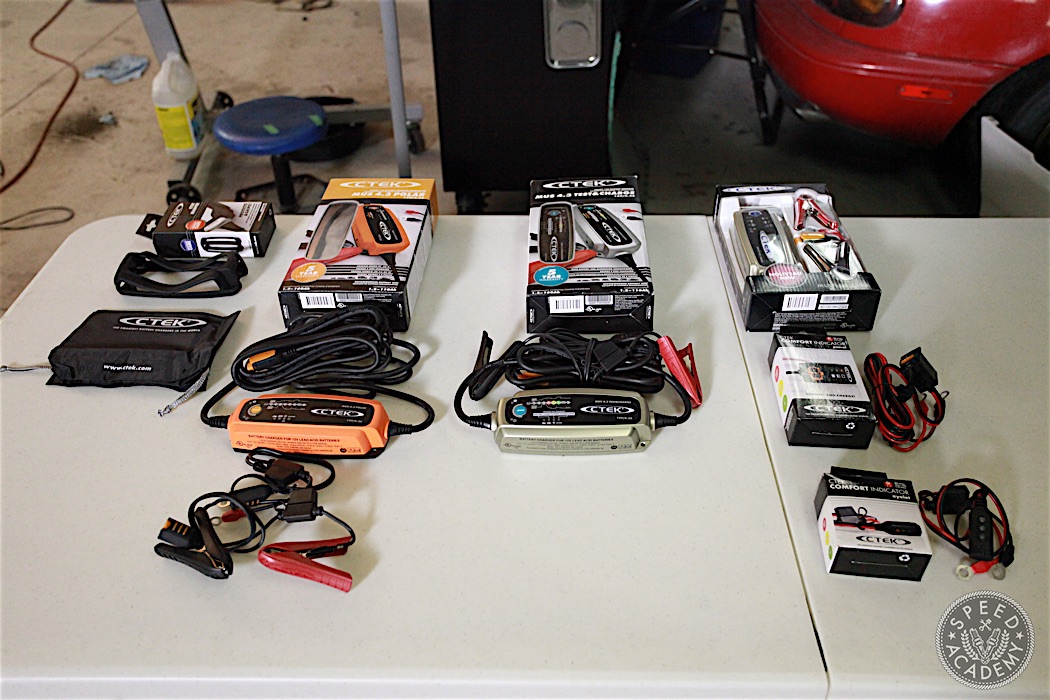
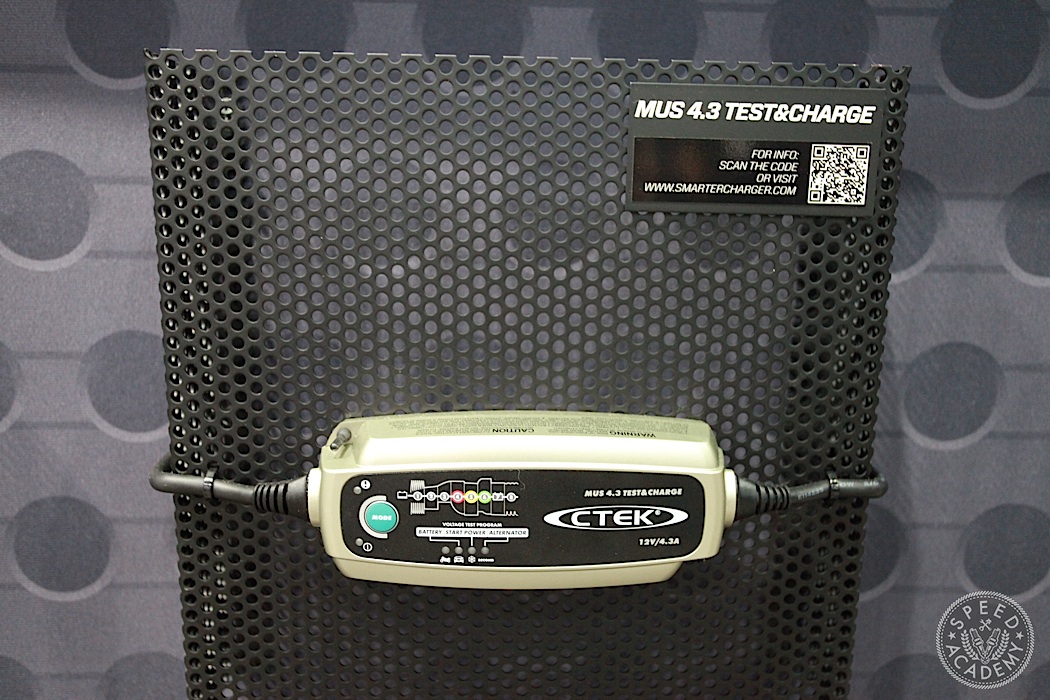
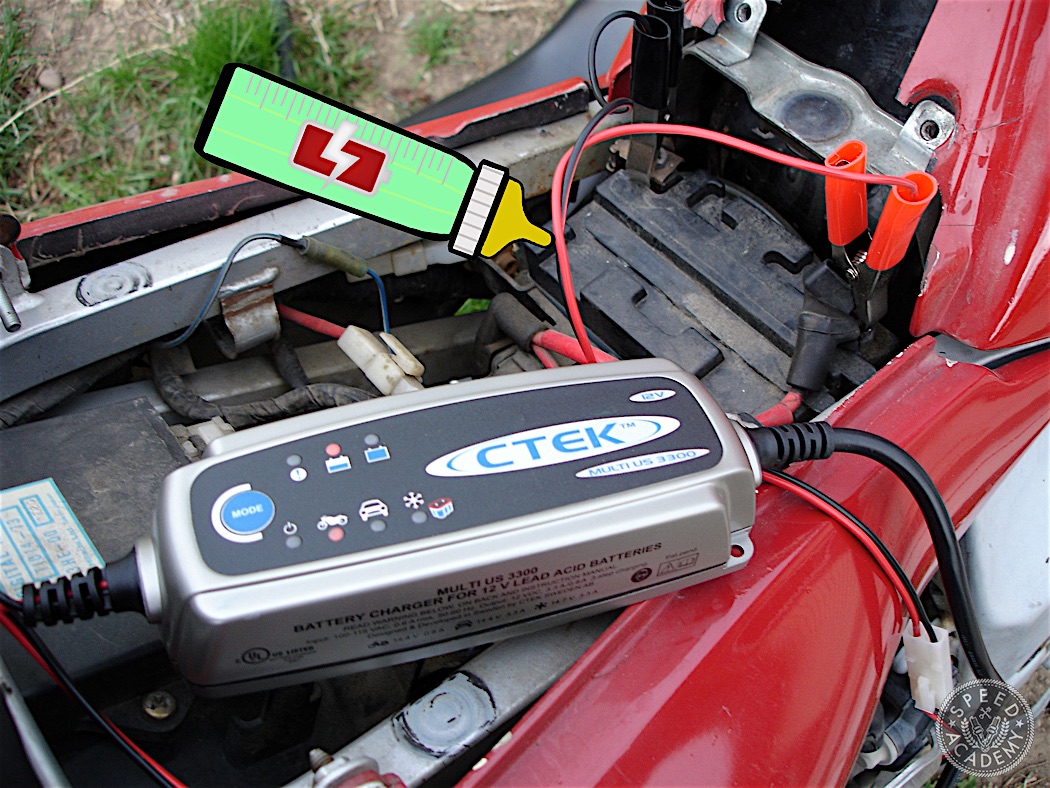

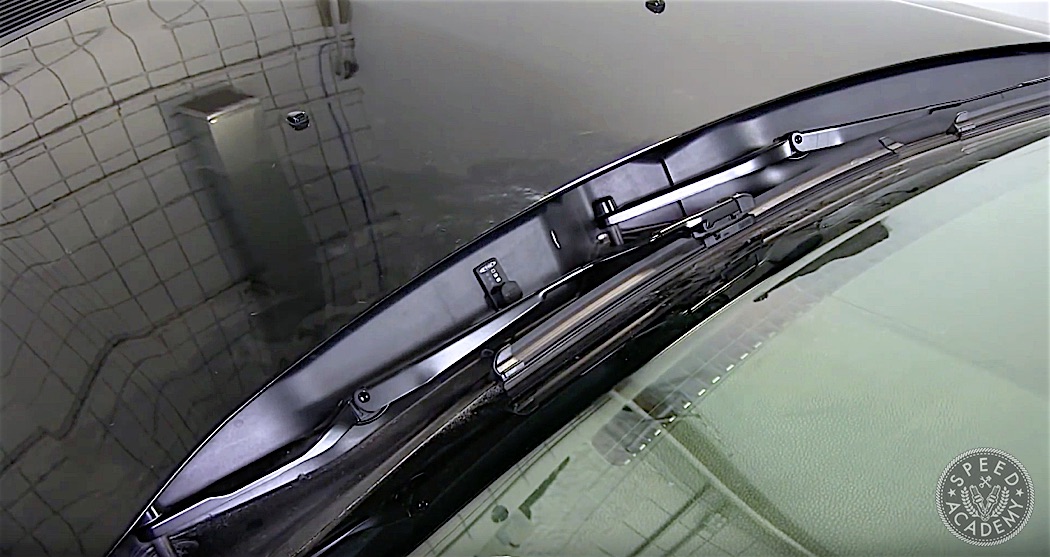
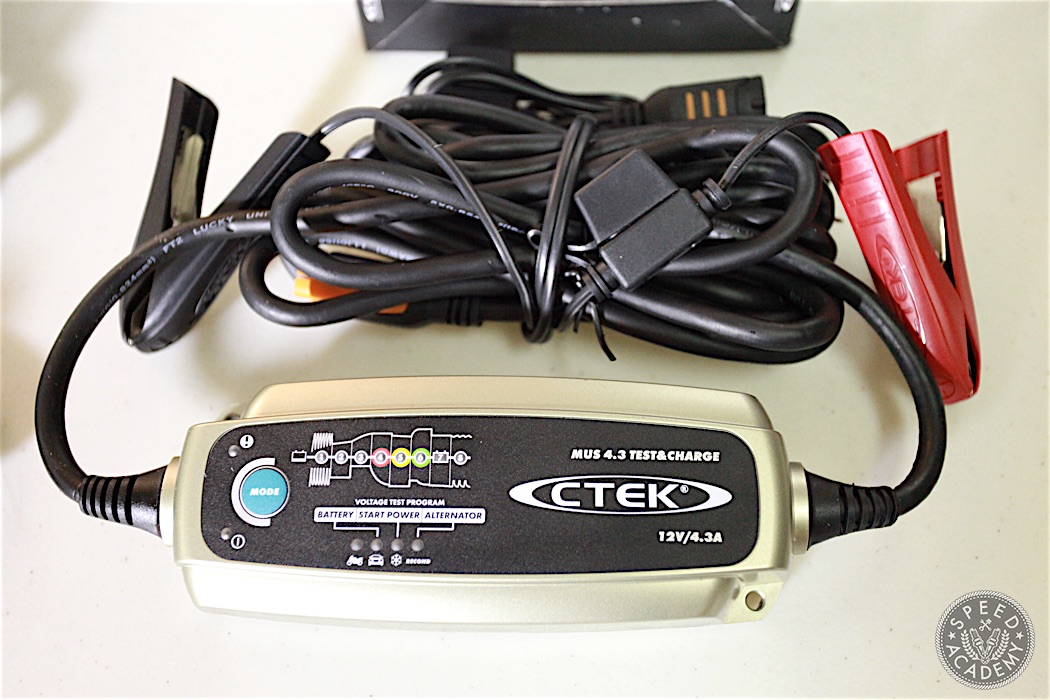
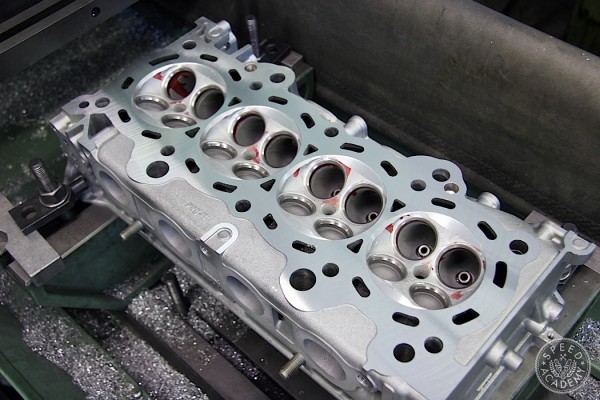
I know this is an old post, but did you ever do a follow-up on the battery sense app device from Ctek?
We didn’t but the device works like a charm. The only drawback is if you leave the car parked for 2+ weeks it can drain the battery.
We have a Yamaha G29 and purchased a summit II a few weeks ago. It was working fine, but now it does not charge the the cart. The single blue light comes on that says AC present. Batteries and plug receptacles both read 48 volts. What’s next? Could this charger have gone bad? Thanks!